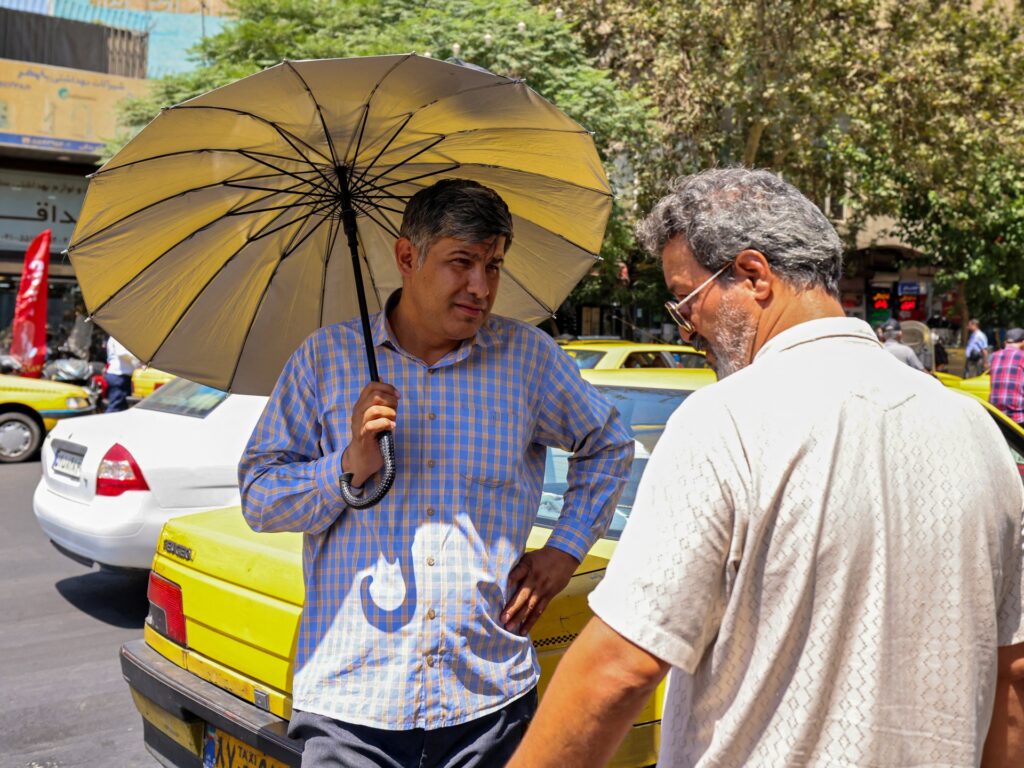In Tehran, Sarah, a 44-year-old digital marketer, starts her day at 6 AM checking for power outages, reflecting the ongoing crisis in Iran due to water shortages, electricity shortages, and extreme temperatures. This summer has posed survival challenges for many as Iran faces its fifth consecutive year of drought, with rainfall declining by 40% during the current water fiscal year.
The power shortage stems from outdated infrastructure and fuel supply problems. Approximately 85% of Iran’s electricity comes from fossil fuels, with decades of sanctions limiting investment in the energy sector. Summer droughts further exacerbate these issues, leading to predictable blackouts and unpredictable water outages.
Other residents, like Fatemeh, who moved to Tehran for education, have adapted by storing water and managing their resources carefully amid rising temperatures. The infrastructure crisis affects local businesses too, leading to closures and economic strain. Experts point to insufficient investment, outdated technology, and unsustainable consumption patterns as root causes.
As Iranians learn to navigate this challenging new reality, the uncertainty around basic services has transformed into a significant aspect of everyday life, illustrating how infrastructure failures have become a critical feature of modern Iranian existence.
Source link


